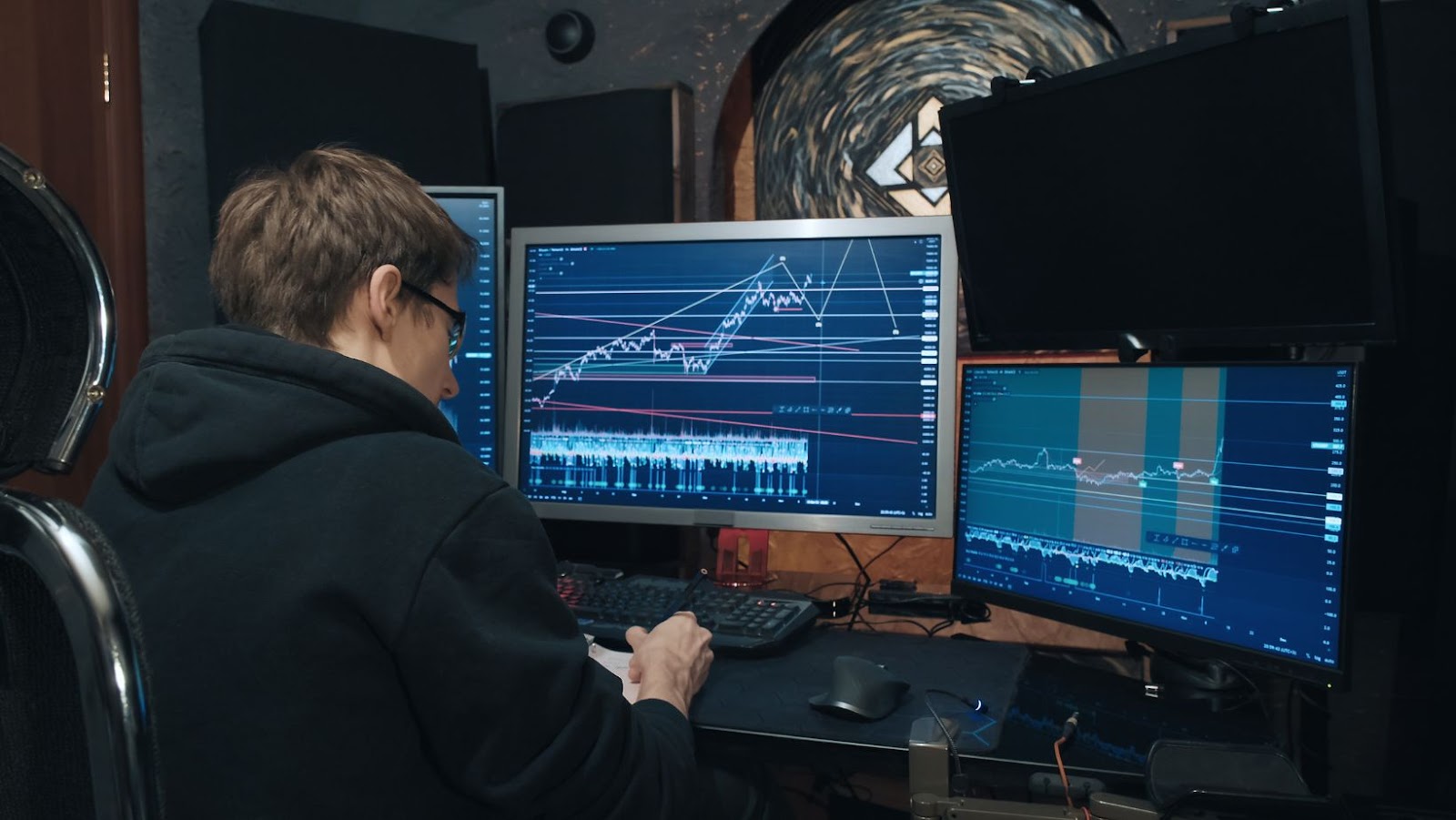What Is Options Trading? Understanding Risks and Strategies
What Is Options Trading
What are Options?
Options trading involves financial contracts that grant the holder the right, but not the obligation, to buy or sell an underlying asset at a predetermined price before or on a specific date. These contracts are a form of derivative, meaning their value is derived from the value of an underlying asset, such as stocks, bonds, or commodities. What is options trading in its essence is a strategic tool for investors to leverage to speculate on the price direction of assets or to hedge against potential losses in their investment portfolios. Each options contract details the specific terms, including the type of option, the expiration date, and the strike price, providing a structured yet flexible platform for trading.
Call and Put Options
At the core of options trading are two primary types of contracts: call and put options.
- Call options give the buyer the right to purchase an underlying asset at the strike price until the contract expires. Investors buy call options when they anticipate the price of the underlying asset will rise, aiming to profit from buying at a lower price and selling at a higher price.
- Put options, conversely, give the buyer the right to sell the underlying asset at the strike price until the contract expires. This type of option is typically purchased when investors believe the price of the asset will decline, allowing them to sell at a higher price before the market drops.
These instruments provide strategic flexibility allowing traders to position themselves according to their market outlook and risk tolerance.
 Option Premiums
Option Premiums
The cost of purchasing an options contract is known as the option premium. The premium is the price that the buyer pays upfront to the seller of the option for the right to buy or sell the underlying asset in the future. Several factors influence the option premium, including:
- The current price of the underlying asset
- The strike price of the option
- The time until expiration
- The volatility of the underlying asset
The interplay of these factors determines the premium’s price, reflecting the market’s consensus on the option’s value at any given time. Understanding these dynamics is critical for anyone engaging in what is options trading, as the premium paid or received can significantly impact the profitability of trades.
Advantages of Options Trading
what is options trading offers a variety of benefits for those looking to diversify their investment strategy or protect their portfolio. Let’s delve deeper into some of the primary advantages.
Leverage
Options trading allows investors to control a larger amount of stock with a relatively small investment. This is known as Leverage. In essence, leverage enables traders to amplify their buying power. For example, buying a call option on a stock grants the holder the right to purchase shares at a set price (the strike price), often for much less capital than buying the stock outright. This means if the stock price increases, traders can realize significant gains on their initial investment. However, it’s crucial to remember that while leverage can increase potential returns, it also increases potential risk.
 Hedging
Hedging
Hedging is another pivotal advantage of options trading. Investors use options as a form of insurance to protect against potential losses in their portfolio. For instance, owning put options acts as a safeguard, allowing the owner to sell the underlying asset at the strike price, potentially mitigating losses if the asset’s price falls. It’s a strategic move for those looking to manage risk effectively, offering a safety net in volatile markets.
Flexibility
what is options trading is highly flexible, offering various strategies to meet different financial goals. Whether it’s capitalizing on market movements with call options, protecting investments with put options, or generating income through writing options, there’s a strategy for nearly every scenario. Additionally, options can be bought and sold on a wide range of underlying assets, including stocks, bonds, commodities, and indices. This flexibility empowers traders to tailor their approach to options trading, aligning with both their market outlook and risk tolerance.
Options trading, with its potential for Leverage, Hedging against losses, and Flexibility in investment strategy, presents a compelling proposition for those looking to navigate the complexities of financial markets effectively. Whether it’s capitalizing on market trends or protecting against downside risk, the strategic application of options can enhance a well-rounded investment approach.